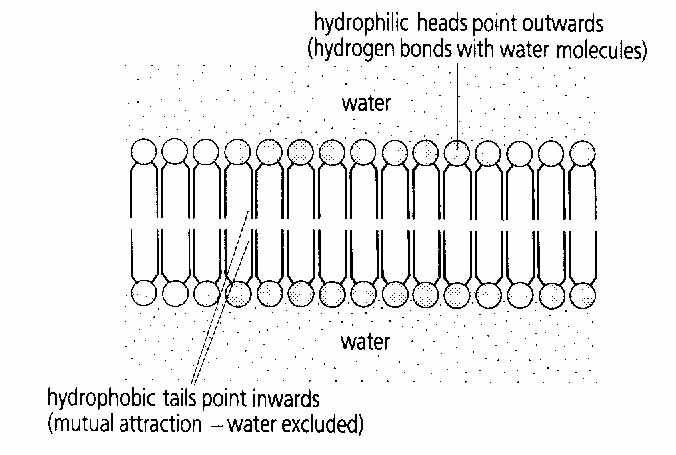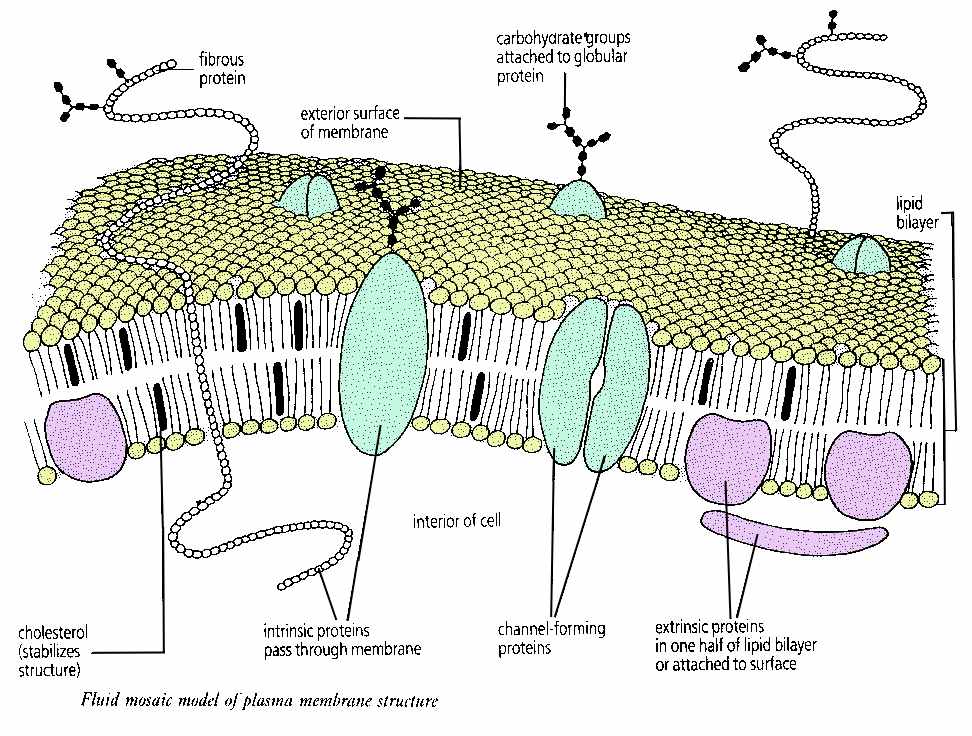| (1) | The carrier enzymes, that brings materials across the plasma membrane into the cell or out of the cell.
|
| (2) | The channel proteins, that forms the passage of a certain material and control the pass of this material, as the calcium channel, sodium channel etc.
|
| (3) | The receptor proteins, that can bind with some materials passing by, and then, trigger on some types of reactions inside the cell, as the receptor for hormones, receptors for antigens etc.
|
| (4) | The identity proteins (histocompetible proteins), that shows the identity of the cell, as the group of living things it belongs to, the type of cells it belongs to, etc. By this histocompetible proteins, we can identify the human cells from the monkey cells, liver cells from the kidney cells etc.
|




